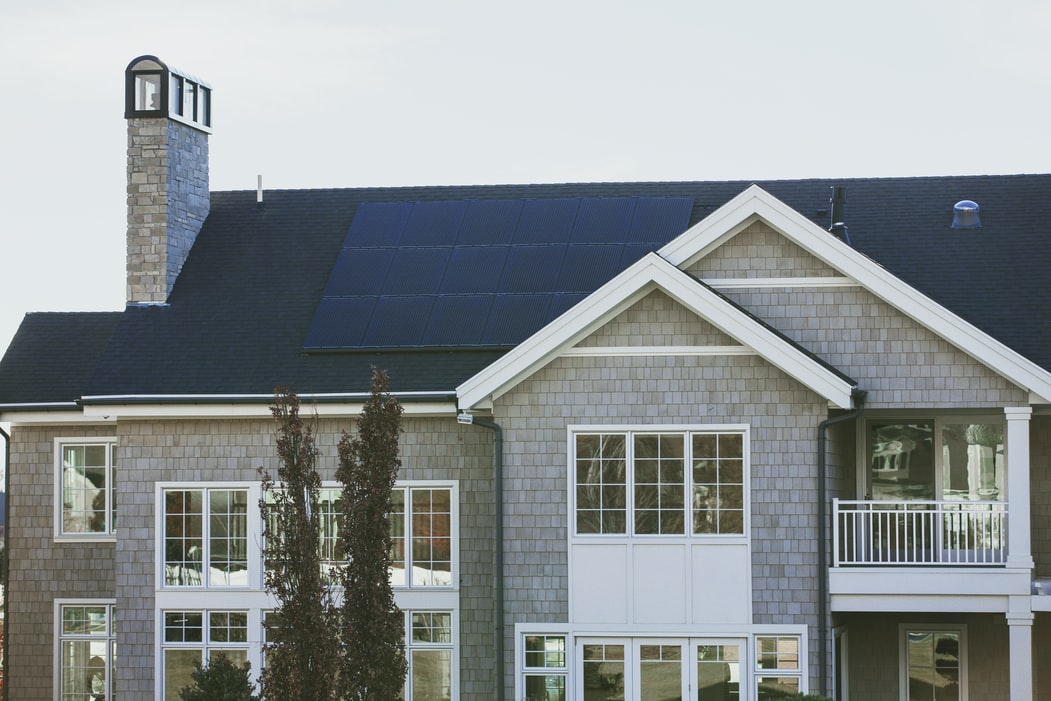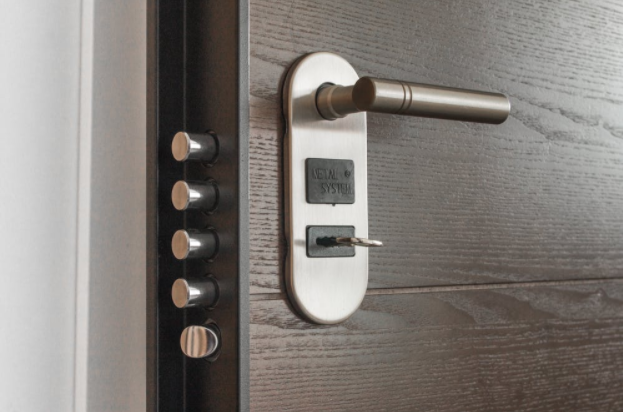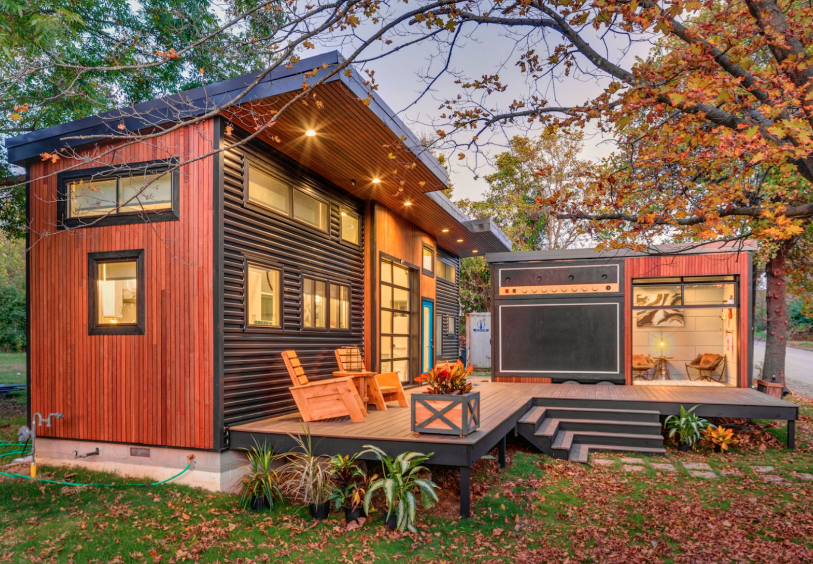Types of Electric Heaters
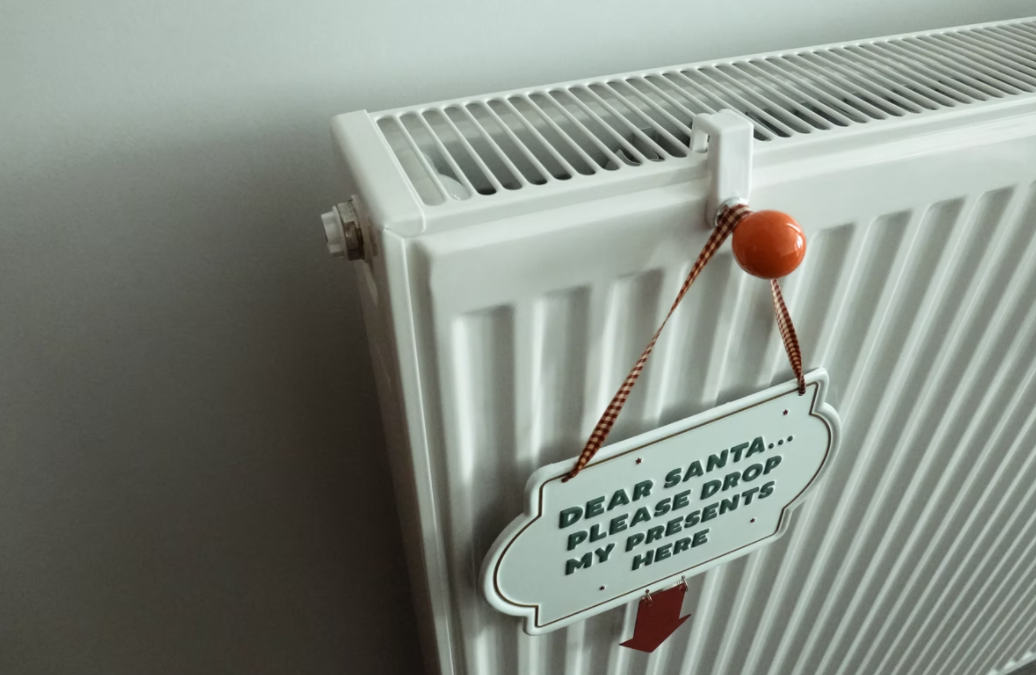
Electric heating includes a variety of items, ranging from an electric radiator to drop in floor heater, each with its own set of benefits!
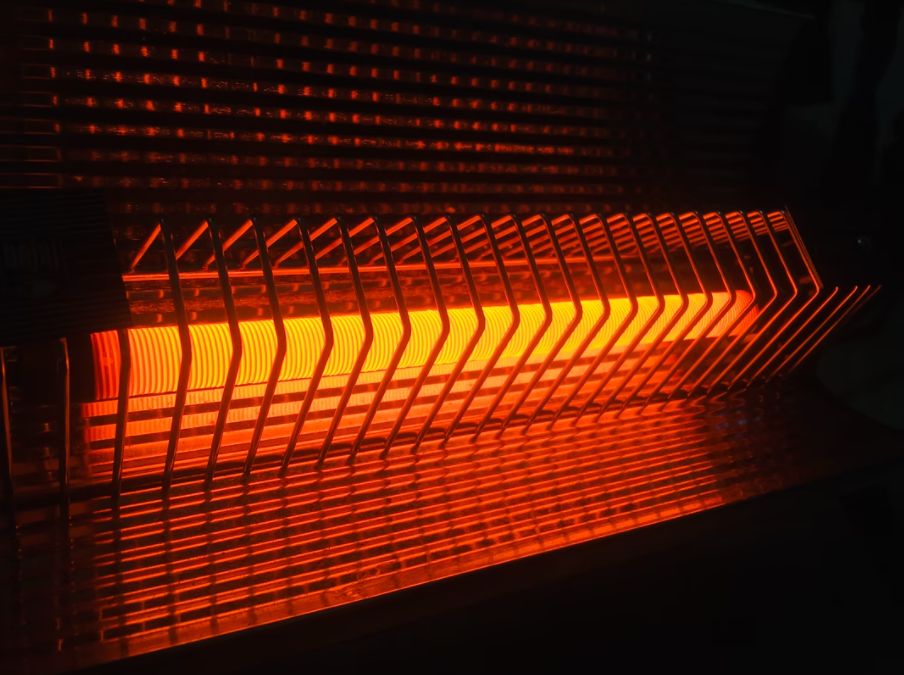
Photos By: Unsplash
We’ll go through the many types of electric heaters and their benefits and drawbacks so you can pick which one is best for your home.
1. Electric Wall Heaters
Wall heaters are ideal for providing additional heat in small rooms, particularly bathrooms. They’re normally set between two wall studs and are normally a convection heater with a motorized fan, while some models use silent radiant heat with electric coils and a reflective back panel.
The majority of these units are self-contained and have thermostats built-in. Because of the conflict with exterior insulation and the condensation issues that hot metal in a cold exterior wall will produce, these units should not be installed in exterior walls.
2. Electric Baseboard Heaters
Electric baseboard heaters have the same design as hydronic (hot water) baseboard heaters, but they employ electric heating coils for nonmotorized convection heating.
Cool air is pulled into the bottom slots by convection and warmed by the heating coils and fins. The warm air then leaves the unit’s upper slots. To prevent heat loss through the glass, these units are frequently positioned beneath windows. The baseboard heater can be controlled with a remote line-voltage thermostat or with an integrated thermostat.

3. Toe-kick or Kick-space Heaters
Toe-kick heaters are appropriate for a room with limited space. They have a low profile of roughly 3.5″, allowing them to fit comfortably under cabinets and vanities with a 4″ toe gap. Because of their sizes, a motorized forced air fan can be used to distribute warm air. They should be utilized as a secondary source of heat with a remote line-voltage thermostat for best results.
4. Cove or Panel Heaters
For the greatest comfort, electric cove heaters employ direct radiant (infrared) heat. Because radiant heat warms items rather than the air, you, your tile work, tub, and other objects are all warmed by the panel’s radiant heat radiation. The cove heater can be installed on the wall just below the ceiling since radiant heat allows the panel to be placed anywhere you want.
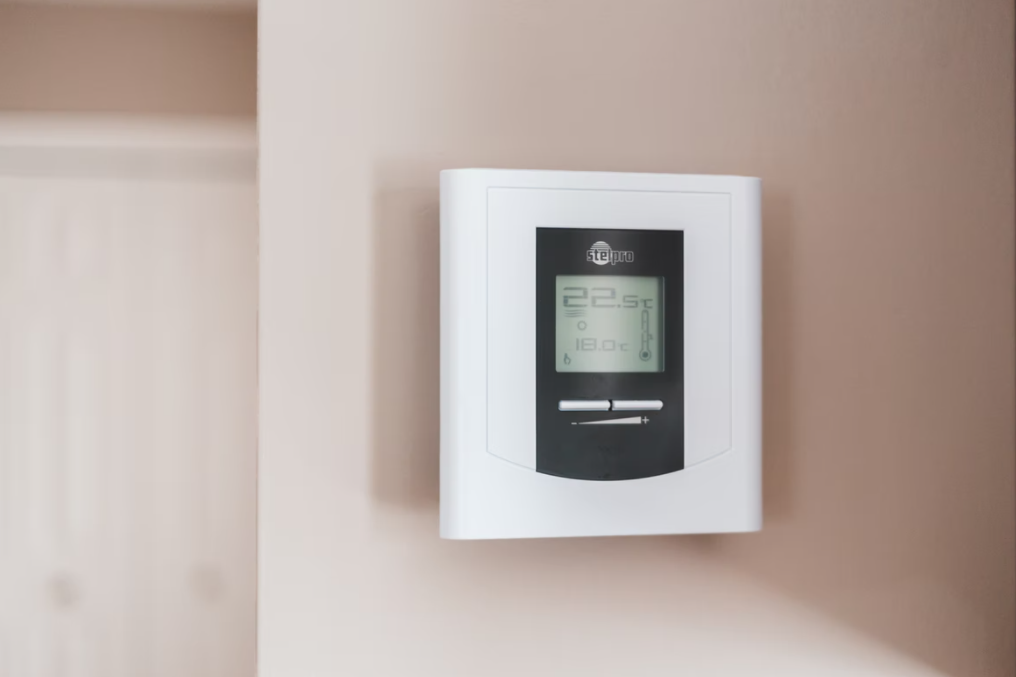
5. Electric Heat Pumps
Electric heat pumps are a sort of electric heating system that absorbs heat from the outside air and uses it to heat a home or building using a mechanical compression cycle. They deliver heat into a building in cold times, but they can also reverse the heat transfer direction and serve as an air conditioner unit in hot weather. These units are generally efficient since they transfer heat energy rather than produce it, however, they are best suited for usage in moderate temperatures. In situations where the outside air temperature is extremely cold, a supplemental heating system may be required to increase capacity.
6. Drop-In Electric Floor Heater
Drop-in electric floor heaters are small electric heaters that fit into an opening in the floor and offer extra heat in drafty places with limited space. They are installed parallel or perpendicular to the floor joists and lower into the floor. These heaters provide warmth at the floor level. Large windows, sliding glass doors, entryways, and corridors are all places where they’re used.


